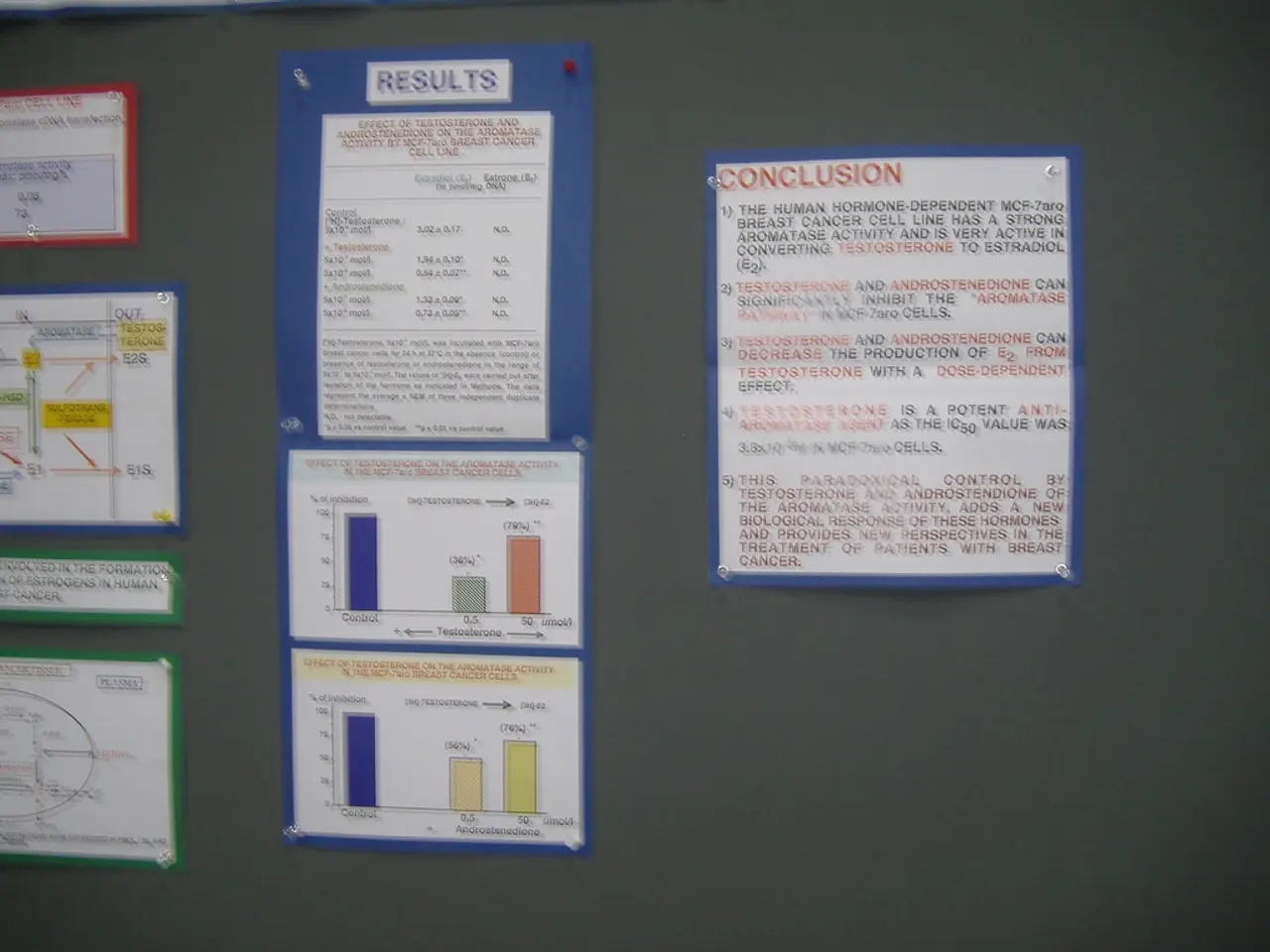Wood-steel battery enclosure safeguards electric vehicle battery at Graz University of Technology
In a groundbreaking development, researchers at TU Graz have unveiled an eco-friendly electric vehicle battery housing made from a wood-steel composite with cork insulation. This innovative design emphasizes performance, safety, and sustainability, offering a promising alternative to conventional aluminium housings.
Key features of the Bio!Lib battery housing:
- Improved Performance: The wood-steel composite structure has crash test results comparable to aluminium, while its cork-based insulation provides superior fire protection[1]. In fire simulations, the Bio!Lib housing demonstrated temperatures 100°C lower on the far side compared to the Tesla competition[1].
- Enhanced Safety: The superior fire resistance of the Bio!Lib housing reduces heat transfer, enhancing battery and vehicle safety in fire scenarios[1].
- Sustainable Materials: The design significantly lowers the environmental footprint by replacing aluminium with renewable wood and cork materials. Ongoing research aims to use lower-grade wood (such as from thinning or secondary use) and improve recyclability and reusability of the components[1].
This eco-friendly approach could influence the EV industry towards more sustainable material choices without compromising safety or durability in battery protection.
In addition to fire protection, the Bio!Lib housing's performance in deformation tests has also been noted[1]. The interior of the battery is reinforced with rib-like transverse struts, ensuring structural integrity.
The environmental impact of this housing is significantly lower compared to conventional housings. However, in the 'land use' category, the Bio!Lib housing did not perform better than the aluminium market standard[1]. To further evaluate the sustainability of the metal-wood hybrid design, the researchers collaborated with the Wegener Center for Climate and Global Change[1].
The team behind the Bio!Lib project is currently collaborating with industry and research partners on a follow-up project, aiming to explore the use of low-value wood in the housing and optimize the recyclability of components and reusability of cork[1].
[1] Researchers at TU Graz, "Bio!Lib: An Eco-Friendly Battery Housing for Electric Vehicles," TU Graz Research, 2022. [2] "Wikibase Document Unrelated to Bio!Lib Project," Wikibase, 2022.
- The innovative Bio!Lib battery housing, made from a wood-steel composite with cork insulation, offers improved fire protection, as seen in fire simulations where it demonstrated temperatures 100°C lower on the far side compared to the Tesla competition.
- In addition to its fire-resistant properties, the Bio!Lib housing also showcases enhanced safety through its superior fire resistance, which reduces heat transfer and improves battery and vehicle safety in fire scenarios.
- Beyond fire protection, the Bio!Lib design significantly lowers the environmental footprint by replacing aluminium with renewable wood and cork materials, and ongoing research aims to use lower-grade wood and improve the recyclability and reusability of its components.
- The team behind the Bio!Lib project is collaborating with industry and research partners on a follow-up project, aiming to explore the use of low-value wood in the housing and optimize the recyclability of components and reusability of cork, potentially influencing the automotive and technological sectors towards more sustainable material choices in the transportation industry and the broader environmental-science field.




